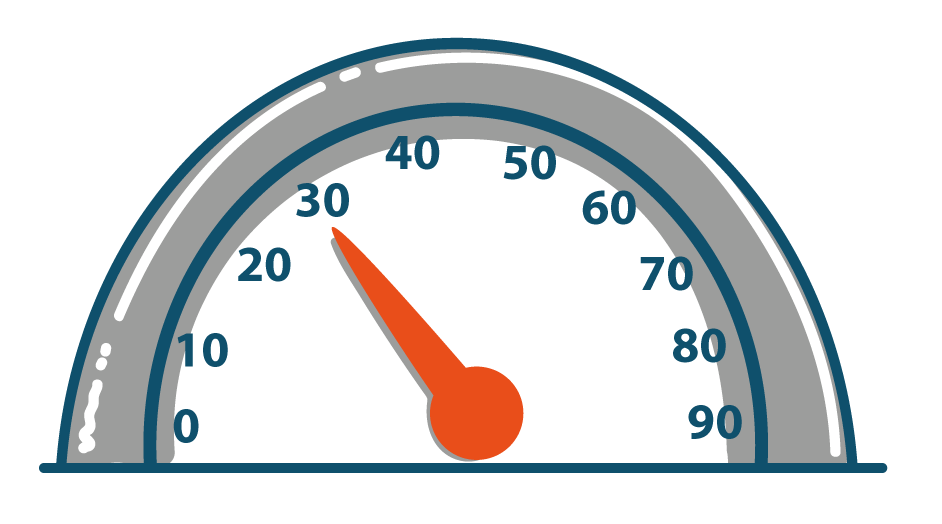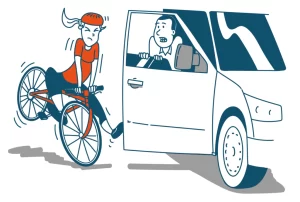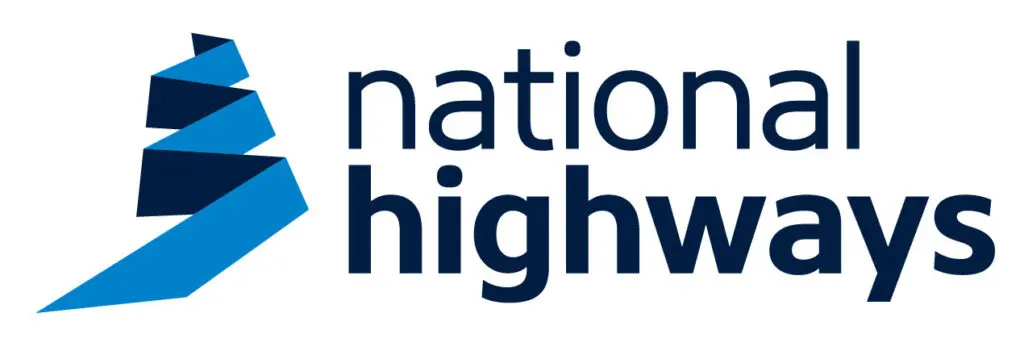Check what you know
Did you know?
Best practice tips
Check what you know
Did you know?
- In 2022, 67% of pedestrian and 49% of pedal cyclist fatalities were hit by a car.
- 70% of cyclists killed or seriously injured were involved in collisions at, or near, a road junction.
- Post collision, drivers could face financial claims from a vulnerable road user, covering their loss of wages, medical expenses and any recovery treatment.
![]()
Take extra care to avoid collisions with vulnerable road users.
- Leave at least two metres (6.5 feet) when overtaking cyclists, horse riders, and when passing people walking in the road (where there’s no pavement).
- Drivers should check blind spots frequently, and whenever turning left or going round roundabouts, to look for other road users.
At a junction, drivers should give way to pedestrians crossing or waiting to cross a road into which or from which the driver is turning, and never cut across cyclists, horse riders or horse drawn vehicles going ahead when they are turning into or out of a junction.
Best practice tips
- Be patient and give others time and room.
- Watch your speed.

- Expect to encounter different road users i.e. horse riders in rural locations.
- Be ready for others to make mistakes.
- Do not get distracted by using a mobile phone while driving.
- Concentrate on your driving.
Dutch Reach: Open your vehicle door using your hand on the opposite side to the door you are opening; for example, use your left hand to open a door on your right-hand side. This will make you turn your head to look over your shoulder, spotting other road users you may not have seen.
In January 2022, the Highway Code was updated to include the hierarchy of road users. The hierarchy places those road users most at risk in the event of a collision at the top of the hierarchy. It does not remove the need for everyone to behave responsibly.
Vulnerable road users include:
Pedestrians:Children can walk into the road with little warning. Over 30 child pedestrians are killed or seriously injured each week. Drive with extra care in shopping and residential areas.
 Cyclists:Give way to any cyclists in a cycle lane, and not cut across them when turning or changing lanes. Always be prepared to stop and wait for a safe gap in a flow of cyclists before crossing the cycle lane.
Cyclists:Give way to any cyclists in a cycle lane, and not cut across them when turning or changing lanes. Always be prepared to stop and wait for a safe gap in a flow of cyclists before crossing the cycle lane.
Motorcyclists and moped riders:These road users are more difficult to spot at night where their light is obscured by other vehicles’ lights. Be extra cautious when moving out of a junction.
Disabled, elderly and inexperienced drivers:Make allowances for older drivers and disabled drivers as their reactions may be slower, or they may simply need more time than other drivers.
Animals:Do not scare animals by sounding the horn, revving the engine, or accelerating rapidly after passing them.
Categories


Crown Copyright 2025
You may re-use this information (not including logos) free of charge in any format or medium, under the terms of the Open Government Licence.
To view this licence, visit www.nationalarchives.gov.uk/doc/open-government-licence